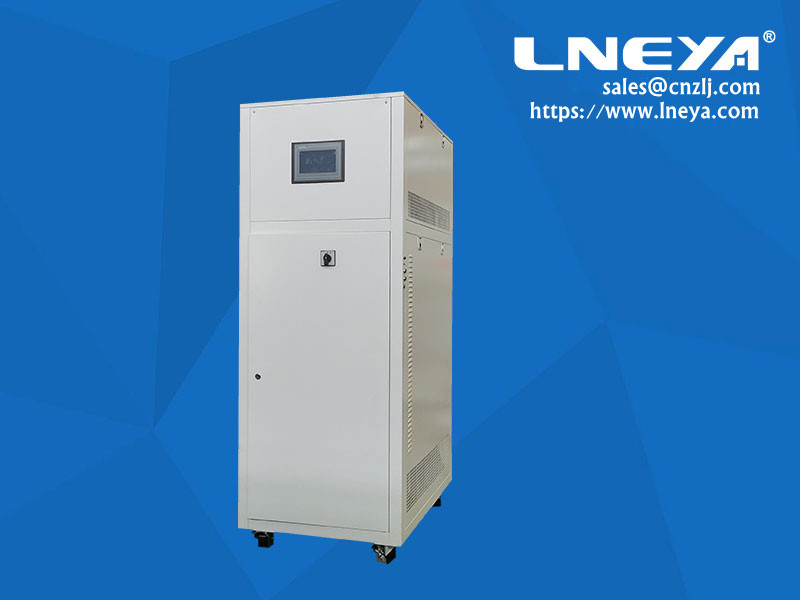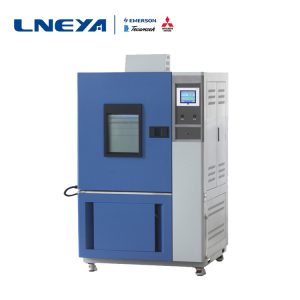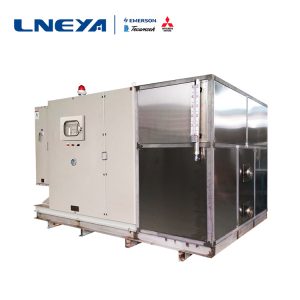What are the common connection methods for industrial chillers?

There are several connection methods for industrial chillers, which are suitable for pipe connection under different conditions.
First, welding connection
Welding is the most important and widely used connection method in pipeline engineering. Welding connection is a direct and fixed connection between pipe sections; it is commonly used in large-diameter steel pipes, high-temperature and high-pressure pipes, overhead steel pipes, buried or laid in trenches, etc. . It has obvious advantages such as high strength and tightness of the interface, omission of fillers and joint accessories, fast construction speed, and no limitation of pipe diameter; but it also has the advantages of non-disassembly, complex interface operation technology, and welding equipment and welder cooperation during construction. And other shortcomings.
Second, threaded connection
Threaded connection (also called threaded connection), it is suitable for pipes with small working pressure and small nominal diameter (dn≤32mm), as well as the connection of pipes with threaded valves, instruments, and equipment. When connecting, the joint should be smeared with filler prepared by lead oxide and glycerin, and evenly spread on the thread of the pipe thread (do not apply in the valve), or use PTFE plastic tape as the filler. The filler shall not protrude into the pipe to avoid reducing the pipe. On the end face, it is strictly forbidden to replace the filler with white painted hemp wire, and the wire connection must be tightened once, and shall not be returned or loosened.
Third, flange connection
Flange connection is to add gaskets (materials) to a pair of flange plates fixed on two pipe fittings, and then tighten them with bolts to connect them into a detachable whole. It has high connection strength, good sealing performance, convenient disassembly, and standardization of production. Therefore, it is widely used in equipment connections between pipes and flanged pipe fittings or flange interfaces, pipes and flange valves, and pipes. The location that needs to be disassembled and overhauled. During installation, a rubber plate gasket with a thickness of 4mm should be placed in the notch. The gasket shall not have uneven thickness, bevel or notch.
Summarize
We at LNEYA will make a specific analysis according to the customer’s specific working conditions. If you have equipment requirements or equipment problems, please contact us sales@lneya.com
관련 권장 사항
-
[Invited to visit] CPHI CHINA 2019, Wuxi Guanya W5P22 booth is looking forward to your arrival!
1256On June 18-20, 2019, the 19th World Pharmaceutical Raw Materials China Exhibition - CPhI China 2019 will re-enter Shanghai New International Expo Center. CPhI China World Pharmaceutical Raw Materials China Exhibition is an international, high-qual...
세부 정보 보기 -
Description of industrial grade SUNDI heating and cooling temperature control system
1338The industrial-grade heating and cooling temperature control system SUNDI series is a device developed and manufactured by LNEYA using its own advantages in the field of cooling, heating and temperature control, and supports customized services in...
세부 정보 보기 -
저온 챔버 유지보수 시 주의해야 할 사항
10292. 저온 챔버의 온도와 습도는 기기의 성능에 영향을 미치는 중요한 요소입니다. 기계 부품의 부식을 유발하고 금속 거울의 부드러움을 감소 시키며 오류 또는 성능 저하를 유발할 수 있습니다.
세부 정보 보기 -
VOCS 응축 흡착기 공명 결함 설명 정보
1153보컬 응축 흡착기를 선택할 때 LNEYA는 간단한 결함을 피하기 위해 신뢰할 수있는 보컬 응축 흡착기 장비를 선택할 것을 권장하지만 유사한 공명 결함이 발생하면 제때 해결해야합니다. VOCS 가의 경우 ...
세부 정보 보기
 LNEYA 산업용 냉각기 제조업체 공급 업체
LNEYA 산업용 냉각기 제조업체 공급 업체









![[Invited to visit] CPHI CHINA 2019, Wuxi Guanya... [Invited to visit] CPHI CHINA 2019, Wuxi Guanya...](https://www.lneya.com/wp-content/uploads/2023/05/20190612134416-300x144.jpg)




